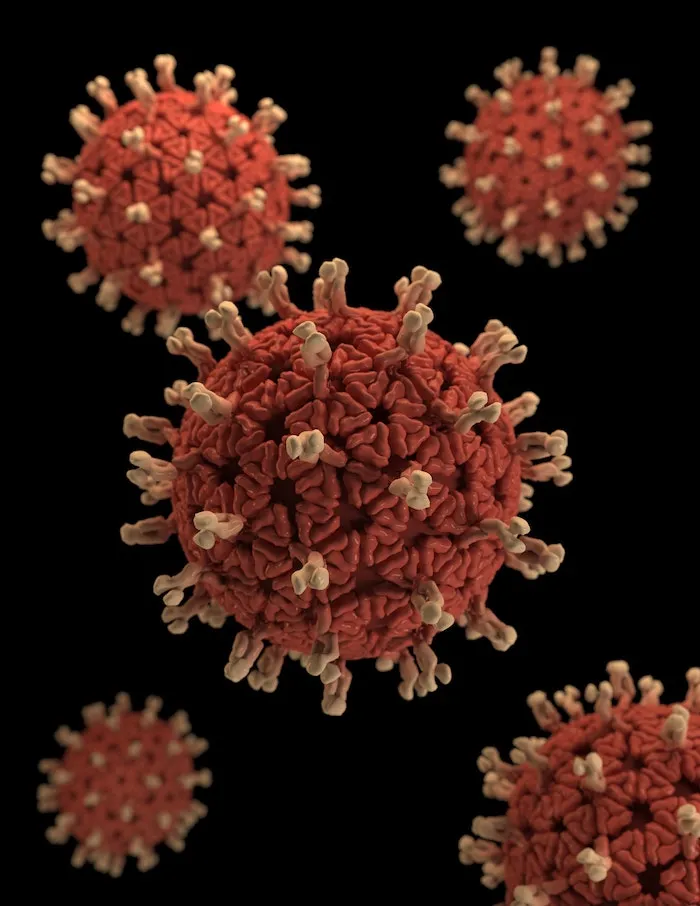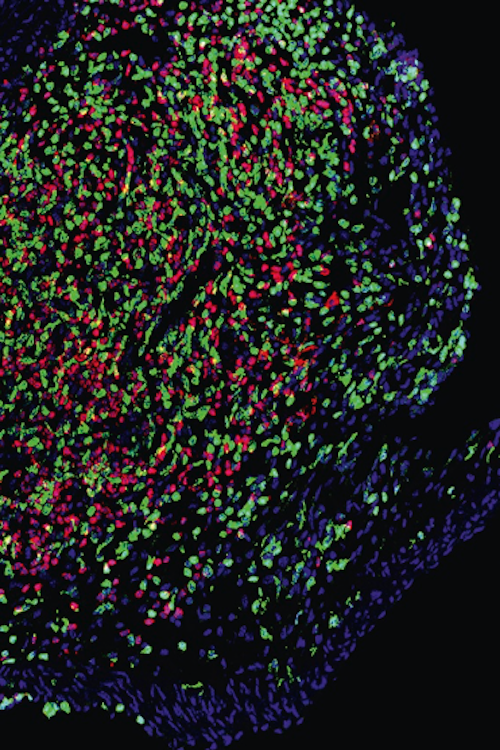
Intracellular Infections
An advanced analysis of blood cells on the presence and activity of hidden pathogens
Intracellular Infections
Biocoherence collaborates with an advanced laboratory that has developed a new combined analytical approach: The in situ use of fluorescently labeled DNA probes and morphometry in blood cells. This approach is patented and appears to work very well in practice. What is unique is that in addition to the presence of the pathogen, the metabolic activity in the cells is also displayed. When the activity is 0% it means that the pathogen is not active, at 100% the pathogen is very active.
CELL WALL DEFICIENT BACTERIA (CWDB) – INVISIBLE TO THE IMMUNE SYSTEM
Chronic infections that last for a long time
Bacteria, fungi and viruses can cause a variety of inflammatory responses characterized by traditional inflammatory parameters such as fever, redness, pain, swelling, fatigue and loss of function. For years there was the idea that these pathogens are treated with antibiotics, among other things, and that the infections can be suppressed.
However, in addition to the known infections, many pathogens also appear to be able to cause chronic intracellular infections. The medical literature shows that chronic diseases, but especially the resulting “post-infectious syndromes”, are of much greater importance than originally assumed, given their impact on quality of life. These intracellular infections may emerge months or later so that they are not associated with the earlier original infection. These late reactions to a previous infection are considered responsible for a significant number of diseases, which therefore have a strong autoimmune aspect.

THE STANDARD DIAGNOSTICS AND INTERVENTION IS NOT SUFFICIENT
An analysis that exceeds standard PCR
Besides the fact that CWDBs do not cause classic symptoms (and thus are not visible to a medical practitioner), they are also difficult to diagnose using traditional methods such as:
USE TARGETED INTERVENTIONS
Presence and activity of the pathogen
This analysis not only makes it possible to take an important diagnostic step, but also provides the opportunity to objectively monitor the effect of an intervention aimed at eliminating intracellular pathogens, both in terms of the extent of the infection as the activity of the pathogen.
The analysis is offered to therapists who are active in complementary care. They can (possibly with the support of Biocoherence Netherlands) translate the results into an intervention strategy. This strategy is based on a scientific interpretation of the type of interleukins and other biomarkers towards a nutritional and supplement approach that can suppress these substances or prevent their formation.
A therapist will receive an extensive report and you will be trained by us in the interpretation.
Order the Intracellular Infection Analysis
The Intracellular Infection Analysis can be ordered by therapists who, when registered with us, can order this analysis via our webshop. We take care of the contact with the lab, the client can have blood drawn via an injection clinic in his environment. The report is provided by us and prepared in the My Health platform or made available separately.



